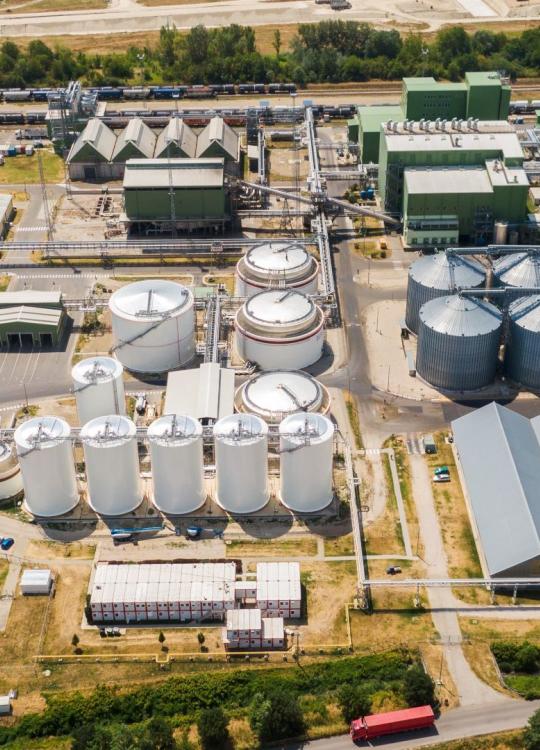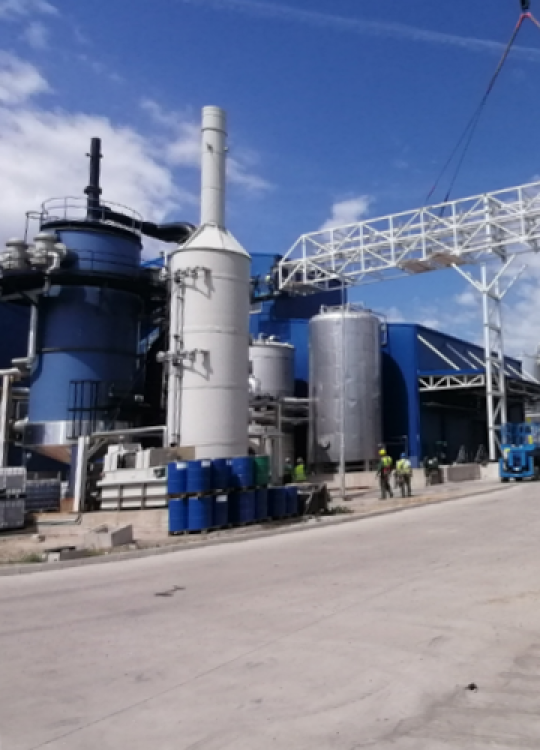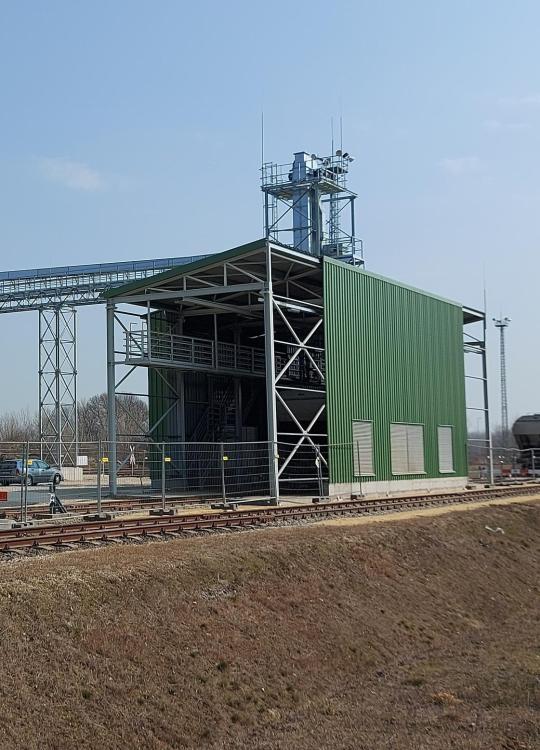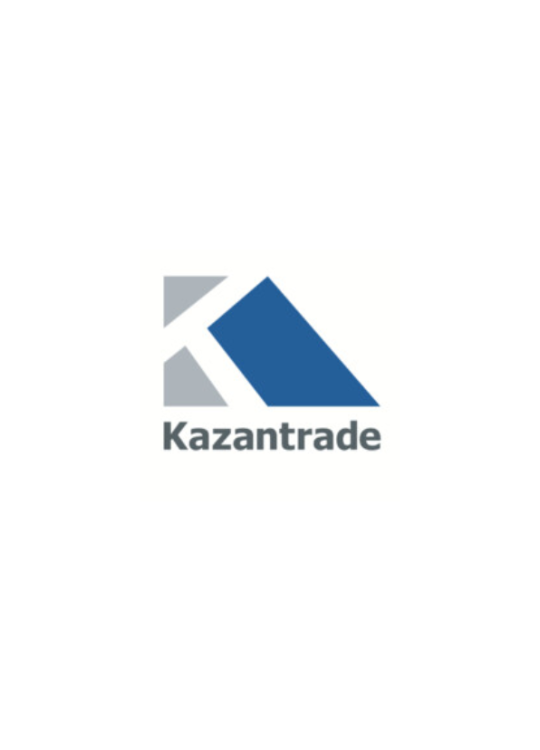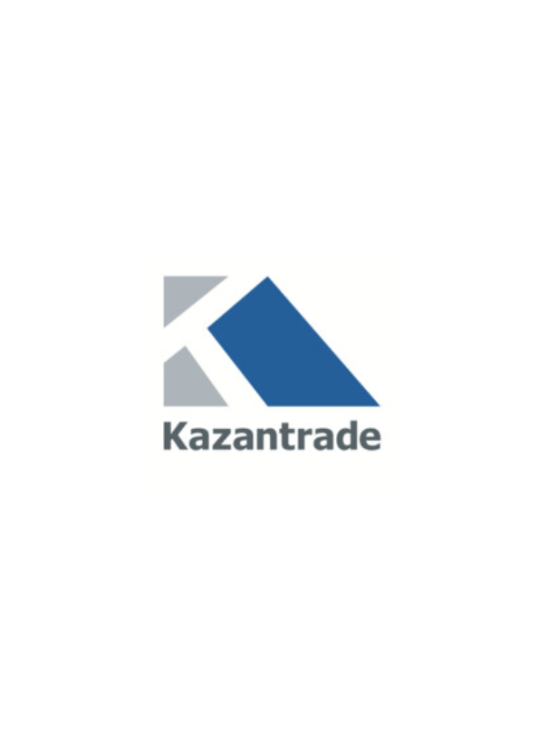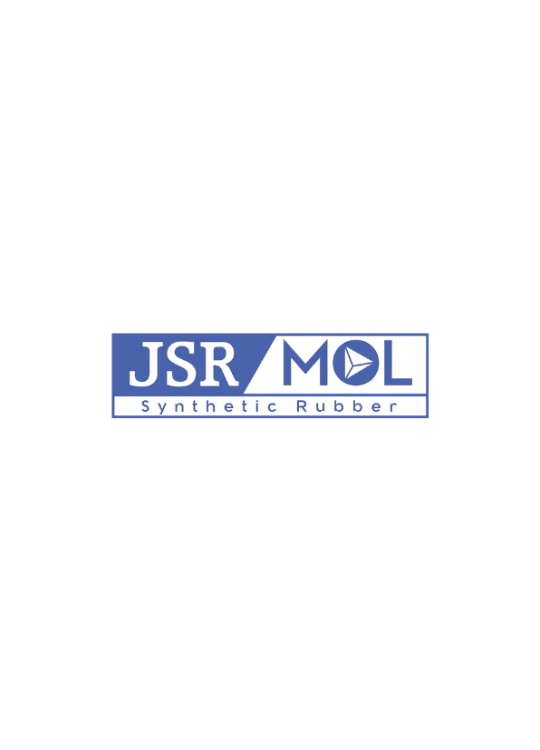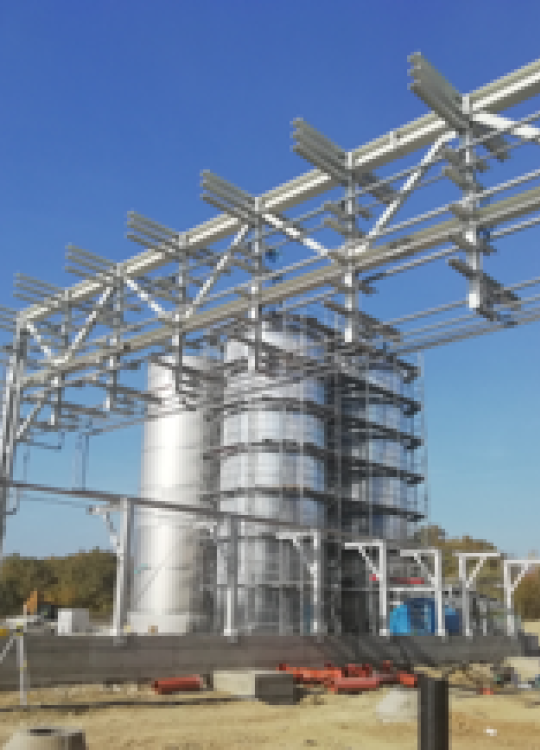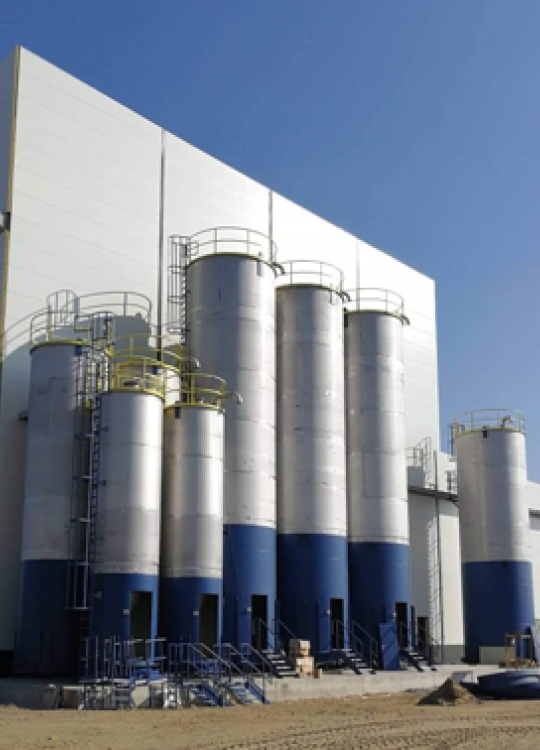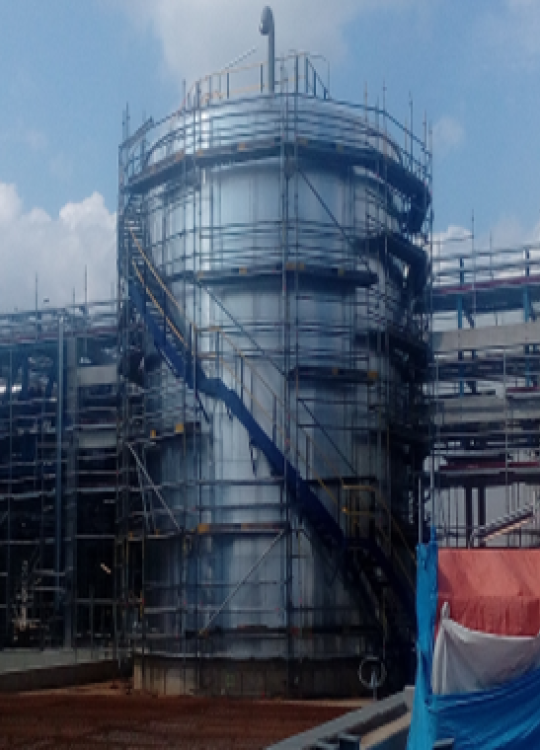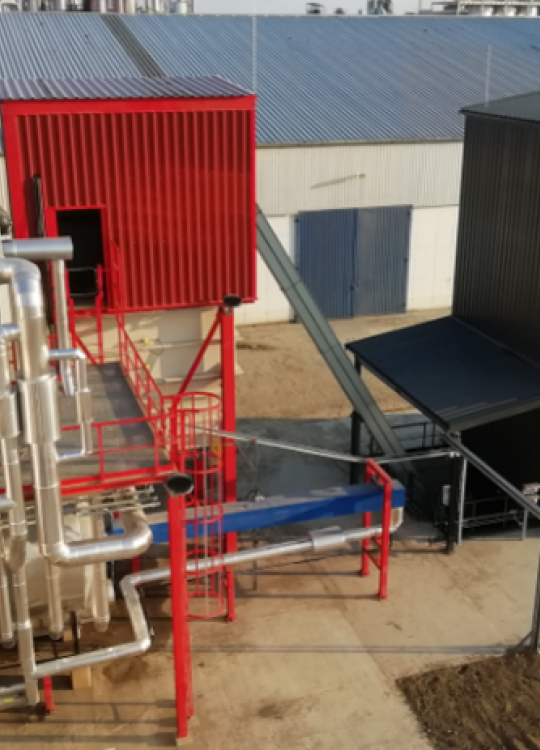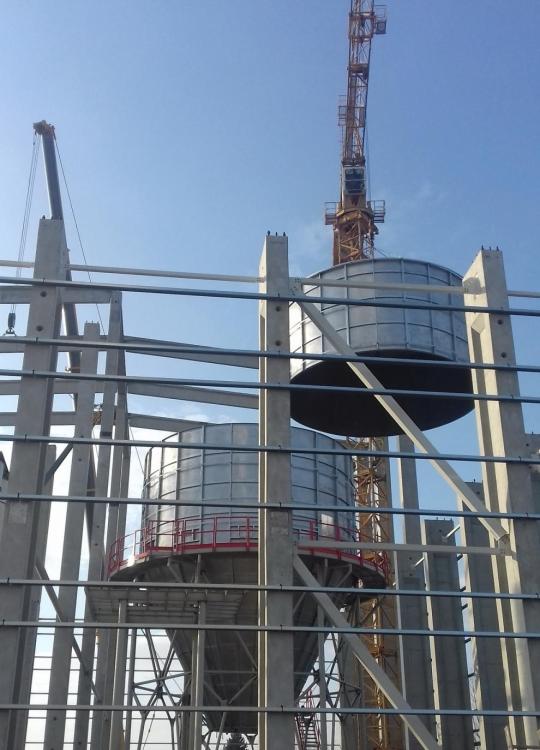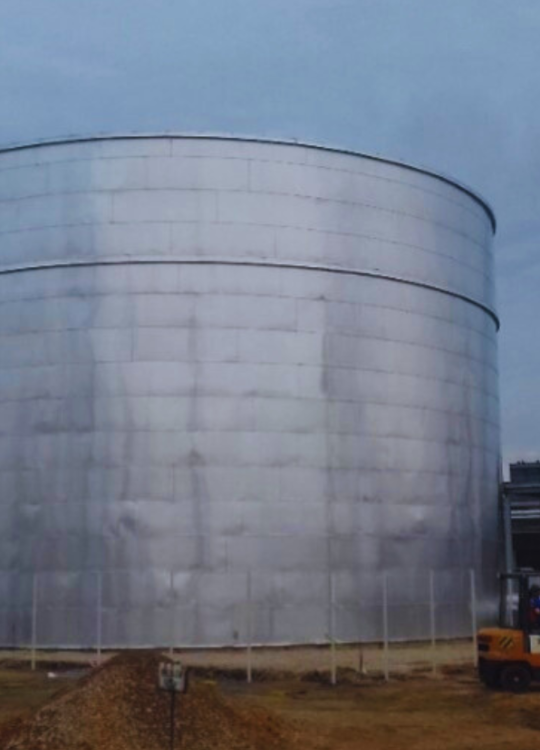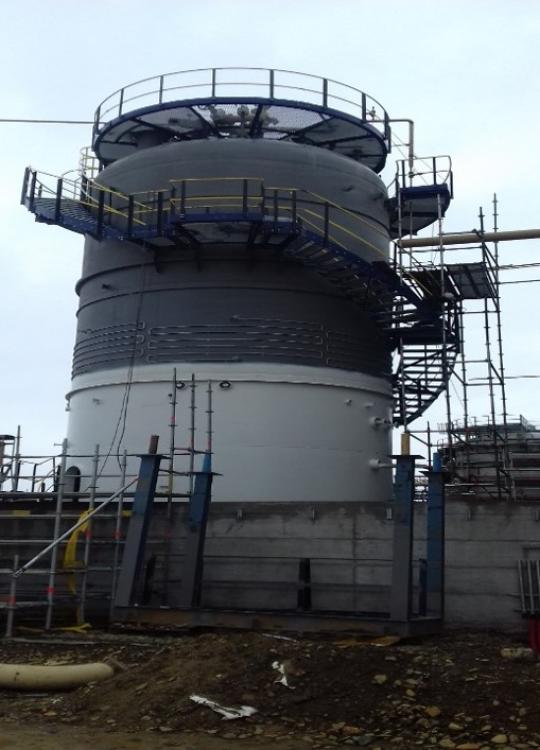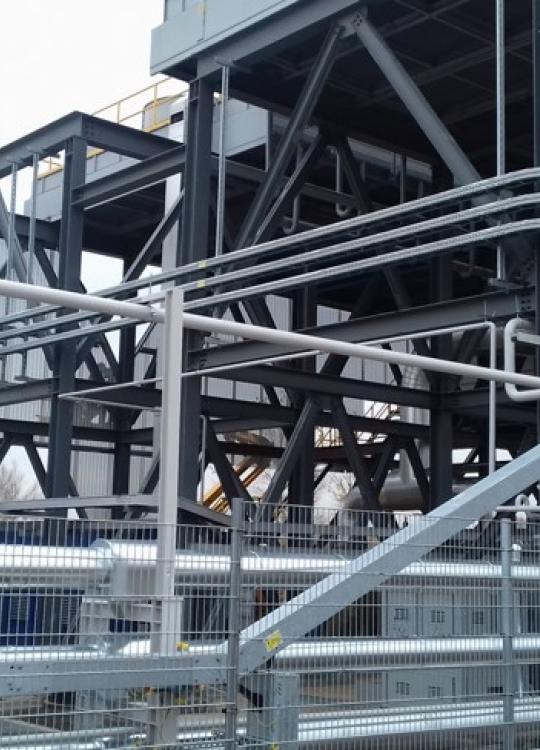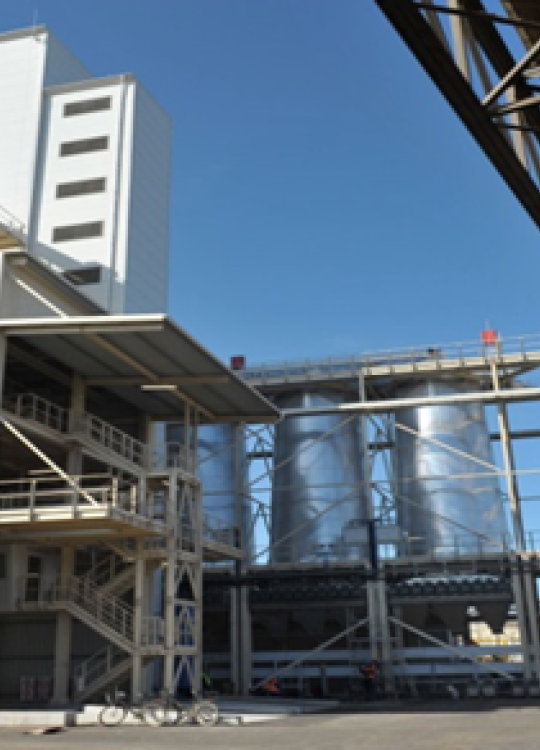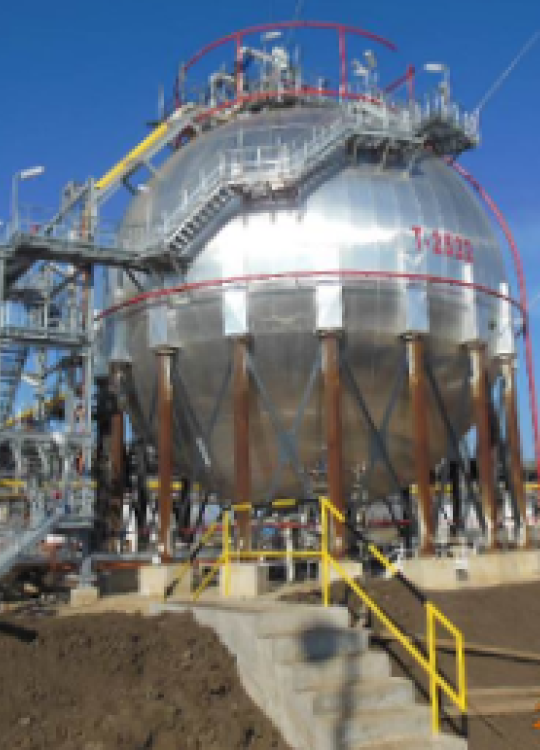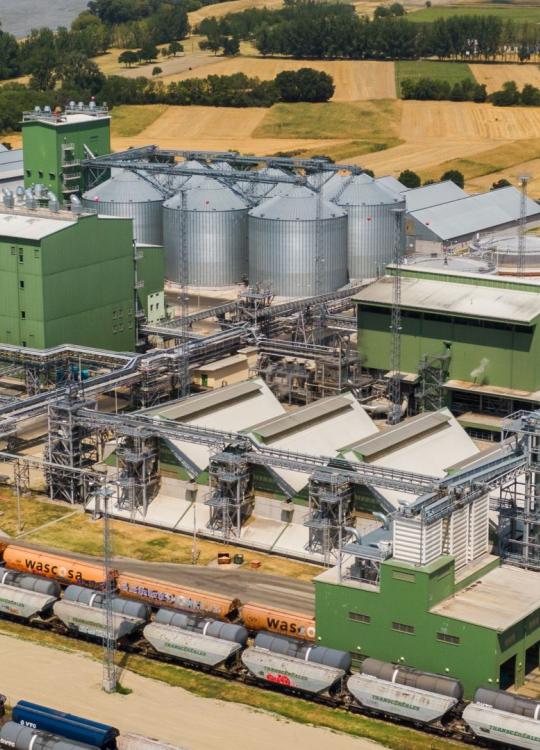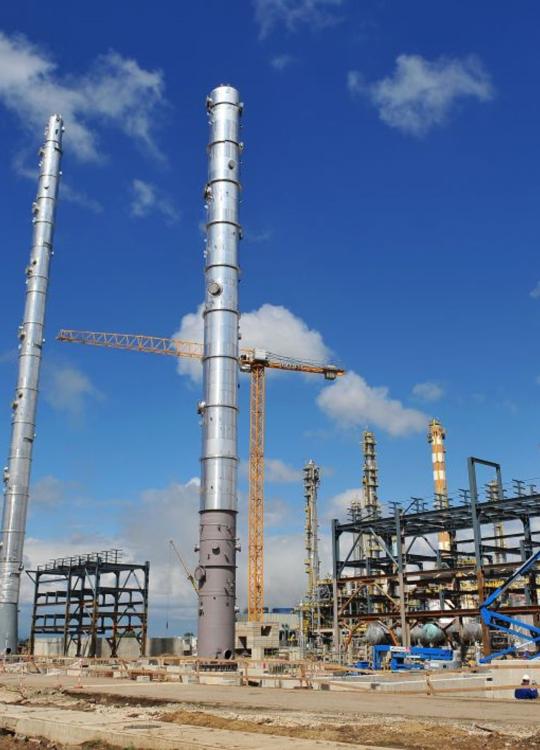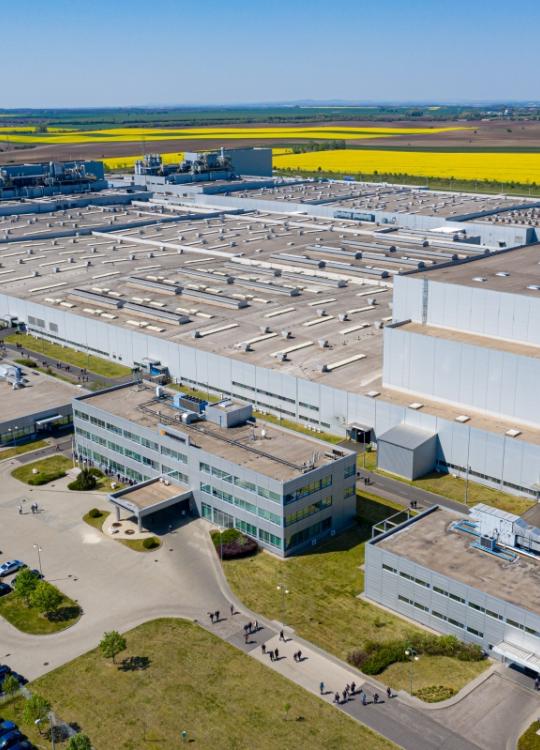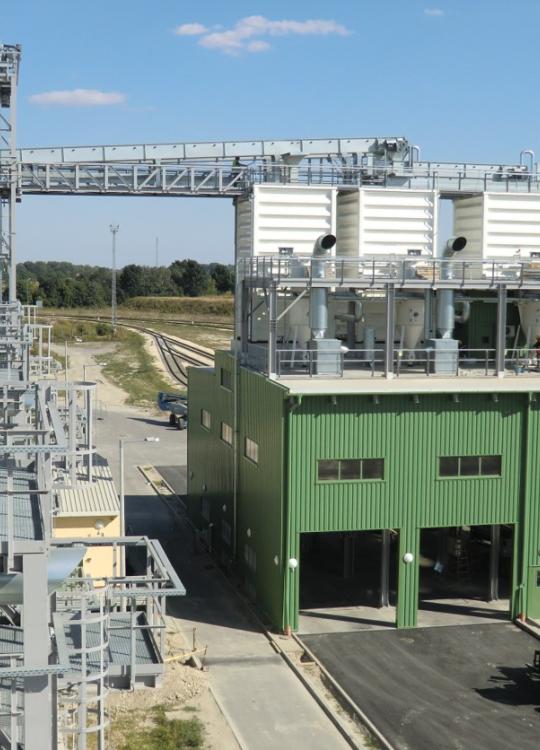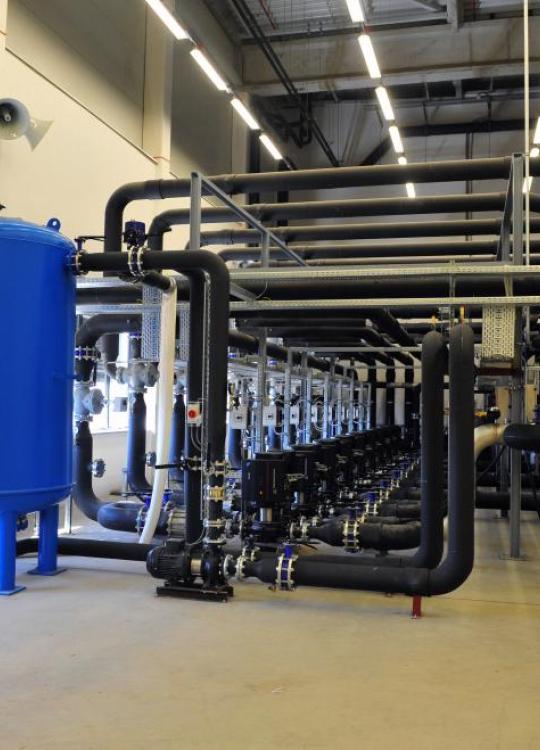Matech
MATECH Ltd. is a member company of KÉSZ Group, one of Hungary’s largest privately-owned corporate groups. Established in 2010 as a construction resource company, we have since evolved into one of the market-leading industrial technology general contractors in Hungary. Together with KÉSZ Group’s other industrial technology subsidiaries (Provim, IONs, and Ventor), we have the capability to deliver large-scale, complex EPC (engineering, procurement, and construction) infrastructure projects.
We are proud to be trusted by leading corporations such as Glencore/Viterra Hungary, LEGO, Hankook, and P&G for projects that require deep industrial technology expertise. Our track record includes the design and implementation of energy, mechanical, and process systems for chemical and bioethanol plants, as well as facilities in the food, pharmaceutical, automotive, power generation, environmental, and other industrial sectors.
Industrial technology projects rely on partnerships built on trust — our clients entrust us with their industrial know-how. This is why we are committed to delivering practical, viable solutions every time. Our team of over 50 highly skilled industrial general contracting professionals, combined with our in-depth knowledge of Hungarian legal and regulatory frameworks, enables us to bridge the gap between global requirements and local expectations — particularly for our international clients.
We hold all the certifications necessary for our operations and project delivery. Our employees receive continuous professional training, our welders hold multiple qualifications, and our experienced project and site managers are certified as Technical Supervisors — a requirement for construction projects in Hungary. Through a supplier and subcontractor qualification system, we have established a reliable network of certified partners. Workplace safety, employee health, and environmental protection are among our top priorities.
Our primary goal is to meet the needs of industrial clients with the fastest turnaround times and uncompromising quality — ensuring the highest level of customer satisfaction.
KÉSZ Group’s long-term sustainable strategy is to become an internationally recognized construction industry leader across multiple ESG (Environmental, Social, Governance) dimensions, by leveraging synergies and fostering strong, collaborative partnerships.
- Prefabrication and installation of pipelines for technology and technology support
The prefabrication and installation of technology and service pipelines involve the assembly and erection of pipelines that facilitate the transport of materials within technological and supporting systems. Prefabrication includes technical preparation, material procurement, component manufacturing, testing, coating, packaging, and delivery to the installation site. Installation covers site preparation, alignment, welding, installation of support structures, testing, commissioning, and documentation. These processes ensure efficient, cost-effective, and timely pipeline assembly in compliance with industrial standards and regulations. The result is a reliable piping system that supports the transportation needs of various industries, including oil and gas, water supply, power generation, and manufacturing.
- Installation of technological and process support equipment
The installation of process and utility equipment is a crucial factor across various industries and sectors. It includes the setup and integration of equipment and systems that play an essential role in supporting the operational processes and functions of a facility.
Depending on the industry and specific requirements, process and utility equipment may cover a wide range of tools, machinery, and systems. These are designed to enhance efficiency, productivity, safety, and accuracy in different processes.
The installation process typically follows several key steps:
Technical preparation: Reviewing execution plans and, in coordination with procurement and finance, identifying potential gaps. Based on this, technical, procurement, budget, cash flow, and organizational plans are prepared to ensure project success.
Site preparation: Before the actual installation, the site must be prepared. This may include clearing the area, ensuring the availability of utilities such as electricity, water, and ventilation, and creating a safe working environment for the installation team.
Equipment assembly: Equipment and systems are assembled in accordance with the manufacturer’s instructions and specifications, which may include mechanical assembly, electrical wiring, and integration with existing systems.
Mounting and installation: Equipment is securely installed or positioned in designated facility locations. This may involve fastening equipment to walls, floors, or other support structures to ensure stability and proper operation.
Connection and integration: Once the equipment is in place, all necessary connections are established with power sources, control systems, and other relevant components, allowing seamless integration and communication between systems.
Testing and commissioning: After installation, rigorous testing and commissioning procedures are carried out to confirm that the equipment operates properly and meets required performance standards. This may include simulation tests, functional checks, and compliance verification with safety regulations.
Training and handover: After successful testing, the operating and maintenance staff are trained to ensure they have the knowledge and skills required for efficient operation and maintenance. Finally, the equipment is formally handed over to the facility owner or operator.
In summary, the installation of process and utility equipment is a critical phase in the development of industrial facilities. It requires careful planning, professional execution, and thorough testing to ensure seamless integration and optimal performance of equipment, contributing to the overall success of operations.
- Manufacture and installation of pressure vessels (PED), tanks and silos
The manufacturing and installation of pressure vessels (PED), tanks, and silos involve several important steps. The process can be summarized as follows:
Technical preparation: After handing over the execution plans, the project manager – in coordination with procurement and finance – identifies potential gaps. Based on this, technical, procurement, budget, cash flow, and organizational plans are developed to ensure the success of the project.
Procurement of materials: Following technical preparation, the necessary materials and equipment are procured. Materials used for pressure vessels, tanks, and silos may include steel or other special alloys suitable for the specific application.
Manufacturing: The manufacturing process includes cutting, forming, welding, and assembling the materials to construct pressure vessels, tanks, and silos in compliance with design specifications. This is typically carried out in a dedicated workshop or factory.
Surface treatment: After manufacturing, pressure vessels, tanks, and silos undergo surface treatment to increase corrosion resistance and durability. Methods such as sandblasting, priming, and painting may be applied.
Quality control: Strict quality control measures are implemented during manufacturing to ensure that all components meet the required standards. Inspections, non-destructive testing (NDT), and dimensional checks are carried out to guarantee the quality and integrity of the structures.
Transportation: Once pressure vessels, tanks, and silos are completed and have passed quality control requirements, they are transported to the installation site. Appropriate handling and transportation methods are used to prevent damage during transit.
Site preparation: Before installation, the site is prepared. This may include clearing the area, leveling the ground, and ensuring proper foundations or supports for the structures.
Installation: Pressure vessels, tanks, and silos are installed at designated locations. This process involves positioning, aligning, and securing the structures with the appropriate methods and equipment, including heavy lifting operations.
Connection and integration: Depending on specific requirements, pressure vessels, tanks, and silos must be connected to other equipment or systems. The installation of pipelines, valves, and fittings facilitates their integration into the complete system.
Testing and commissioning: After installation, pressure vessels, tanks, and silos undergo testing and commissioning procedures. These include pressure testing, leak testing, and functional inspections to verify proper operation and compliance with safety standards.
Safety measures: Safety is of paramount importance throughout manufacturing and installation. Workers must follow strict safety protocols, wear protective equipment, comply with safety procedures, and carry out risk assessments to minimize the likelihood of accidents or injuries.
Documentation and handover: Once pressure vessels, tanks, and silos have been successfully installed and tested, documentation is prepared, including as-built drawings, operation manuals, and compliance certificates. The structures are then formally handed over to the Client or Operator for operation and maintenance.
It is important to note that specific details and requirements may vary depending on the project, industry standards, and local regulations. Expertise and compliance with applicable standards and regulations throughout the entire process are essential to ensuring the quality, safety, and reliability of pressure vessels, tanks, and silos.
- Installation of Boilers and related accessories
The installation of boilers and their associated accessories involves several key steps. The process can be summarized as follows:
Site survey: The first step is conducting a site survey to assess suitability for boiler installation and to determine requirements. This includes evaluating the available space, assessing ventilation and exhaust needs, and ensuring compliance with local codes and regulations.
Technical preparation: After handing over the execution plans, the project manager – in coordination with procurement and finance – identifies potential gaps. Based on this, technical, procurement, budget, cash flow, and organizational plans are developed to ensure the success of the project.
Procurement of materials: Following technical preparation, the required materials and equipment are procured. This includes the boiler unit itself as well as the necessary accessories and spare parts.
Boiler room preparation: The designated boiler room or installation area is prepared. This may involve clearing the space, ensuring proper ventilation, installing fire protection and safety equipment, and carrying out modifications necessary for the placement of the boiler and associated infrastructure.
Boiler and piping installation: The boiler unit is placed and installed in the designated area. This includes connecting the piping required for water supply, steam distribution, and fuel or gas supply. Special attention is given to the correct alignment, insulation, and sealing of the piping system.
Electrical and control system installation: Electrical connections and control systems for the boiler and its accessories are installed. This involves cabling, connecting sensors and controllers, and integrating the system into the overall building management or control system.
Ventilation and exhaust setup: To ensure safe and efficient operation, proper ventilation and exhaust systems are installed. This includes installing fans, ducting, and exhaust systems to remove combustion gases and maintain a safe working environment.
Testing and commissioning: After installation, the boiler and accessories undergo thorough testing and commissioning procedures. These include leak detection, pressure testing, calibration of control systems, and verification of overall functionality and safety.
Safety measures: Strict adherence to safety measures during installation is essential. This includes following safety protocols, ensuring proper thermal and pressure insulation, and installing safety devices such as relief valves and pressure gauges.
Training and technical handover: After completion and inspection, the client’s or operator’s personnel receive comprehensive training on boiler operation, maintenance, and required safety procedures. All relevant documentation, including manuals and warranty information, is handed over.
Ongoing maintenance and technical support: Regular maintenance and servicing of the boiler and accessories are essential for ensuring long-term safe and efficient operation. This may include routine inspections, cleaning, and necessary repairs or replacements to maintain optimal performance. Responsibility for this lies with the Client or Operator.
It is important to note that the specific details and requirements of boiler installation depend on the boiler type, fuel source, capacity, and local regulations. Professional expertise, adherence to safety standards, and compliance with manufacturer guidelines throughout the process are critical to ensuring safe and reliable operation of boilers and associated accessories.Scope of delivery: Complete industrial boiler house installations in factories and energy centers.
- Hot water boilers: 0.6 MW – 38 MW
- Steam boilers: 0.2 t/h – 55 t/h
- Design and engineering / Feasibility study / Permitting / Localization
The processes of design, feasibility study, permitting, and localization form the cornerstones of various construction and development projects. Below is a summary of each process:
Technical Expert Study: The technical expert study involves a comprehensive examination and analysis of the technical aspects related to the project. This includes assessing feasibility, design requirements, and potential risks associated with the project. The study evaluates factors such as structural integrity, environmental impacts, geotechnical considerations, utilities, and other engineering aspects to ensure the project’s viability and provide a solid foundation for subsequent phases.
Feasibility Study: The feasibility study evaluates the project’s viability and practicality from financial, economic, and operational perspectives. It includes analysis of market demand, cost estimations, financial forecasts, risk assessment, and potential return on investment. The study helps stakeholders make informed decisions by determining whether the project is financially and operationally feasible and aligned with the organization’s objectives.
Design of Piping Systems and Pipe Supports:
The design of piping systems involves the planning, analysis, and installation of pipelines used for transporting fluids or gases in industrial environments. It covers layout design, material selection, stress analysis, and integration with other systems.
Pipe supports are critical components that prevent pipe deformation and potential failures related to stress, while compensating for gravity, thermal expansion, and vibrations to maintain pipe stability. Properly designed support structures prevent excessive movement and stress concentrations, ensuring safe and efficient operation.
Permitting: Permitting involves obtaining the necessary approvals and permits from regulatory bodies and authorities before commencing construction or development activities. This process ensures compliance with local, regional, and national regulations regarding land use, environmental protection, safety standards, and other relevant requirements. The permitting process varies depending on the scope, location, and applicable regulations of the project.
Localization of Design Documentation:
Design documentation prepared according to international standards or by an international designer is revised and adapted by a designer holding Hungarian design authorization to ensure compliance with both the client’s requirements and Hungarian legal regulations.
